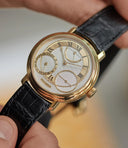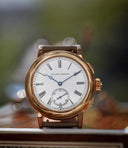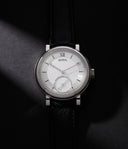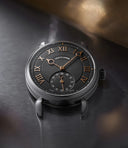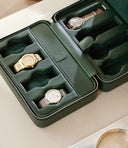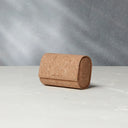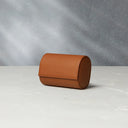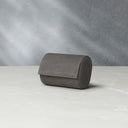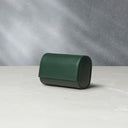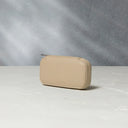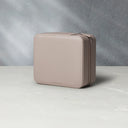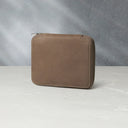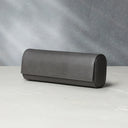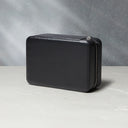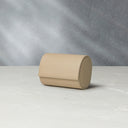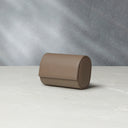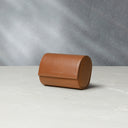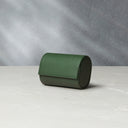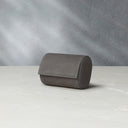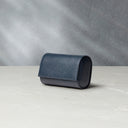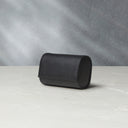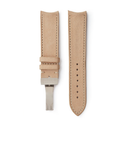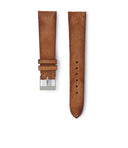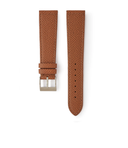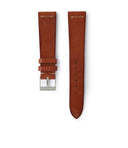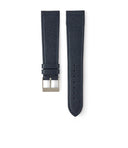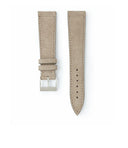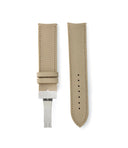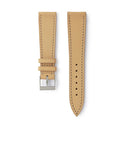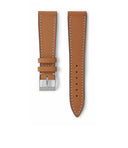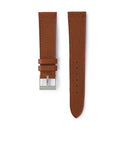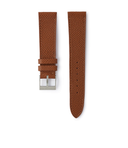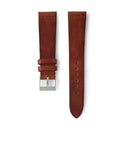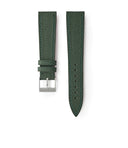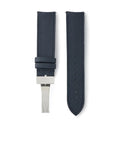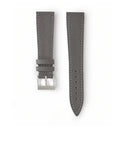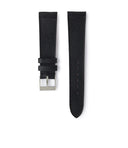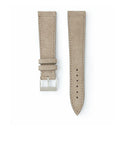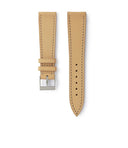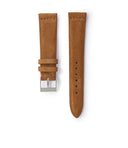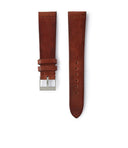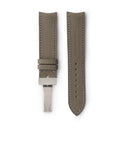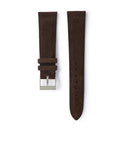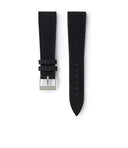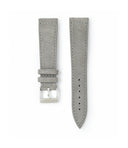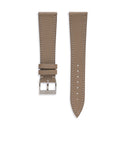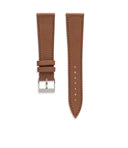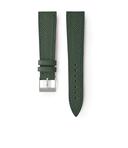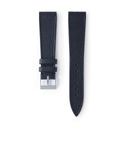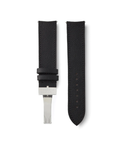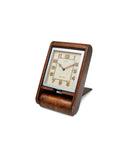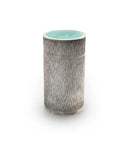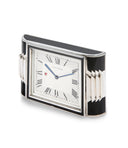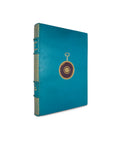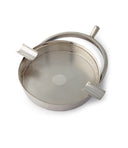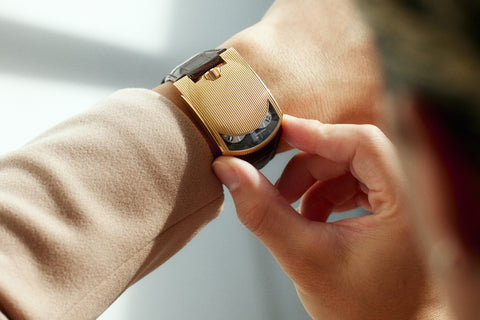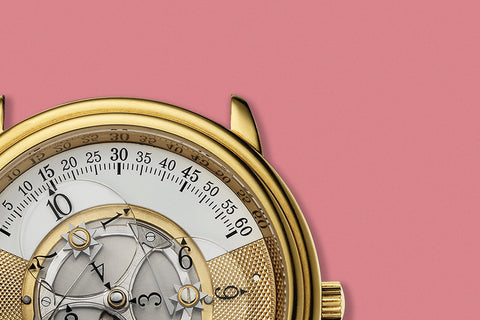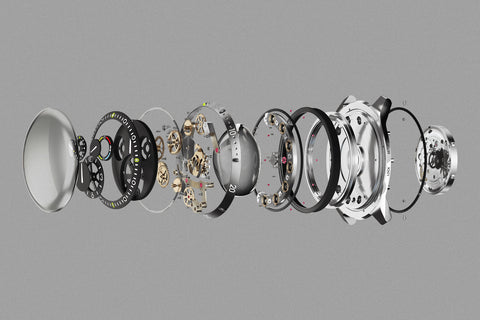The UR-103.01, first revealed in 2003, six years after the Urwerk was launched, established the aesthetic that even today comes to mind when thinking of the brand. Inspired equally by the science fiction that founders Felix Baumgartner and Martin Frei read as youngsters and the era of space exploration, it remains as fresh today as it was shocking in 2003. The UR-103.08, launched in 2007, was one of the subsequent references that featured a more open layout, with the mesmerising wandering hours mechanism on display.
The monocoque case of the UR-13.08 – 50mm in length, 36mm across, and 13.8mm at its highest point – features a core crafted from stainless steel. Coated on top is a less than four-micron layer of TiAlN – titanium aluminium nitride – giving it not just its signature brownish, aubergine shade but a hardness of almost 4,000 Vickers. This makes the case almost as tolerant to scratches as the sapphire crystal on the dial side.
The wandering hours system, with rotating discs affixed to four Maltese cross bases, is designed to be shock tolerant. The relay is designed so only one of the four discs turns once an hour, while another makes its way across the 120° arc where the minutes have been laid out across 60 graduations, with the quarter hours marked by Arabic numerals. The wandering discs also feature Arabic hours. All numerals and minute markers are coated with luminous material. The wandering hour display is mounted on a baseplate of ARCAP P40, an alloy noted for its anti-magnetic properties and its strength.
Worth noting on the dial side are the sharp angles on the edges of the sapphire crystal, a quality that is only found in some of the earliest examples of the 103.08. Later examples of the reference transitioned to crystals with more rounded edges that were easier to produce. In total, fewer than 20 such cases with angular corners around the crystal are believed to have been produced. This piece, which retailed in 2007, is one of this small set of early pieces.
The lugs, along the bottom rim of the case, are marginally recessed. This shortens the span between lugs, while the bottom lugs in an arched shape, follow the curvature of the wrist. In between the top lugs is the oversized crown that is easy to grip and manipulate. The watch comes on an alligator leather strap as well as one crafted from a technical material. The pin buckle securing them is also stainless steel with the same TiAlN coating.
Taking inspiration from marine chronometers of past, some of the functional displays have been moved to the blackened titanium caseback. These displays, that are clearly inspired by aircraft cockpits, feature a power reserve indicator as well as an 8-shaped window that is home to the “Chrono Meter” registers. It includes a seconds’ display overlapping a window that is designed for accurate time-setting in between the quarter-hour gaps on the dial-side minutes arc. Adjacent to it is a fine-tuning screw that wearers can use to adjust the watch’s timing accuracy by up to ±30 seconds/day. The UR-103.08 is powered by the manual wind calibre 3.03 that beats at 21,600 vibrations per hour.
The watch, which first retailed in 2007, comes with its original box – that approximates the shape of the case – as well a certificate of guarantee and instruction manual. In its TiAlN guise, this early example represents one of the most attractive and materially advanced iterations of the UR-103.
If sold within the United Kingdom, this Urwerk UR-103.08 TiAlN will be subject to 20% VAT





























































































